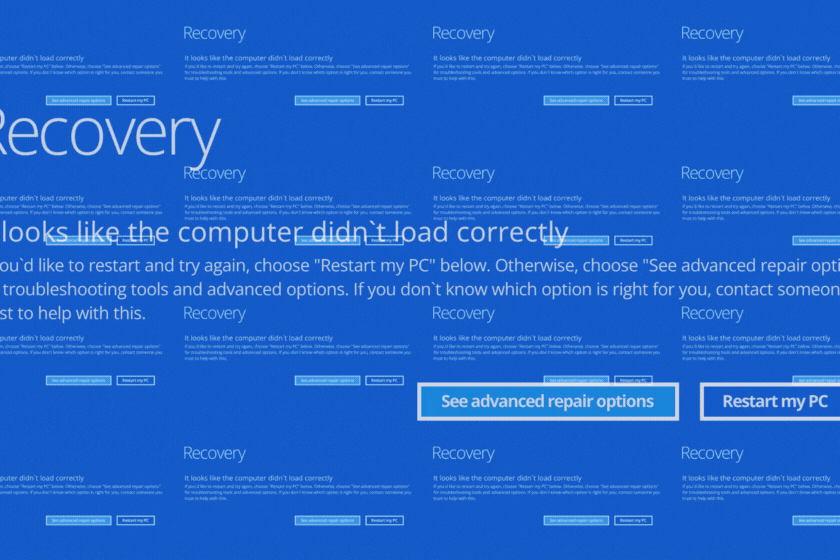Microsoft is closing the book on one of the most dreaded symbols in tech: the Blue Screen of Death (BSOD). For more than three decades, the BSOD has been the universal sign that something has gone terribly wrong with a Windows PC, a sudden jarring blue page filled with cryptic error codes that signaled an unexpected crash.
While its true origin has long been debated inside Microsoft, with some crediting former CEO Steve Ballmer with writing the original text, however, developers have clarified that the modern BSOD’s stark white-on-blue look came from early Windows engineers who matched it to the tools they used at the time.
Now, as part of its sweeping Windows Resiliency Initiative (WRI), Microsoft is not just changing the color but transforming how unexpected restarts are handled. The new black screen, launching in Windows 11 version 24H2, comes with faster crash recovery, a clearer interface, and Quick Machine Recovery (QMR) to automatically fix stuck devices. Alongside tools like Connected Cache, hotpatching, and Universal Print Anywhere, the initiative aims to make downtime a thing of the past.
Why It Matters: The Blue Screen of Death is iconic and infamous.
Its sudden appearance has halted everything from home PCs to massive digital displays and airport operations, most recently during the CrowdStrike outage of July 2024 that lit up screens worldwide in the dreaded blue hue. Retiring the BSOD is a symbolic and technical shift as Microsoft aims to make Windows more resilient, reliable.
- The new black restart screen modernizes the user experience, improves readability, and preserves necessary technical details for IT support.
- Microsoft’s Windows Resiliency Initiative combines ecosystem partnerships, guidance, and product innovation to keep organizations online and secure, even during incidents.
- Crash dump improvements cut restart downtime to about two seconds, while QMR automates recovery for devices that fail to reboot, easing IT workloads.
- Connected Cache, hotpatching, and Universal Print Anywhere further reduce bandwidth strain, update downtime, and printing risks, all critical for business continuity.
- The BSOD’s legacy stretches back to the early 1990s and has appeared in some of the most public tech failures in history.
Microsoft says goodbye to the Windows blue screen of death – CNBC
Trusted insights for technology leaders
Our readers are CIOs, CTOs, and senior IT executives who rely on The National CIO Review for smart, curated takes on the trends shaping the enterprise, from GenAI to cybersecurity and beyond.
Subscribe to our 4x a week newsletter to keep up with the insights that matter.







